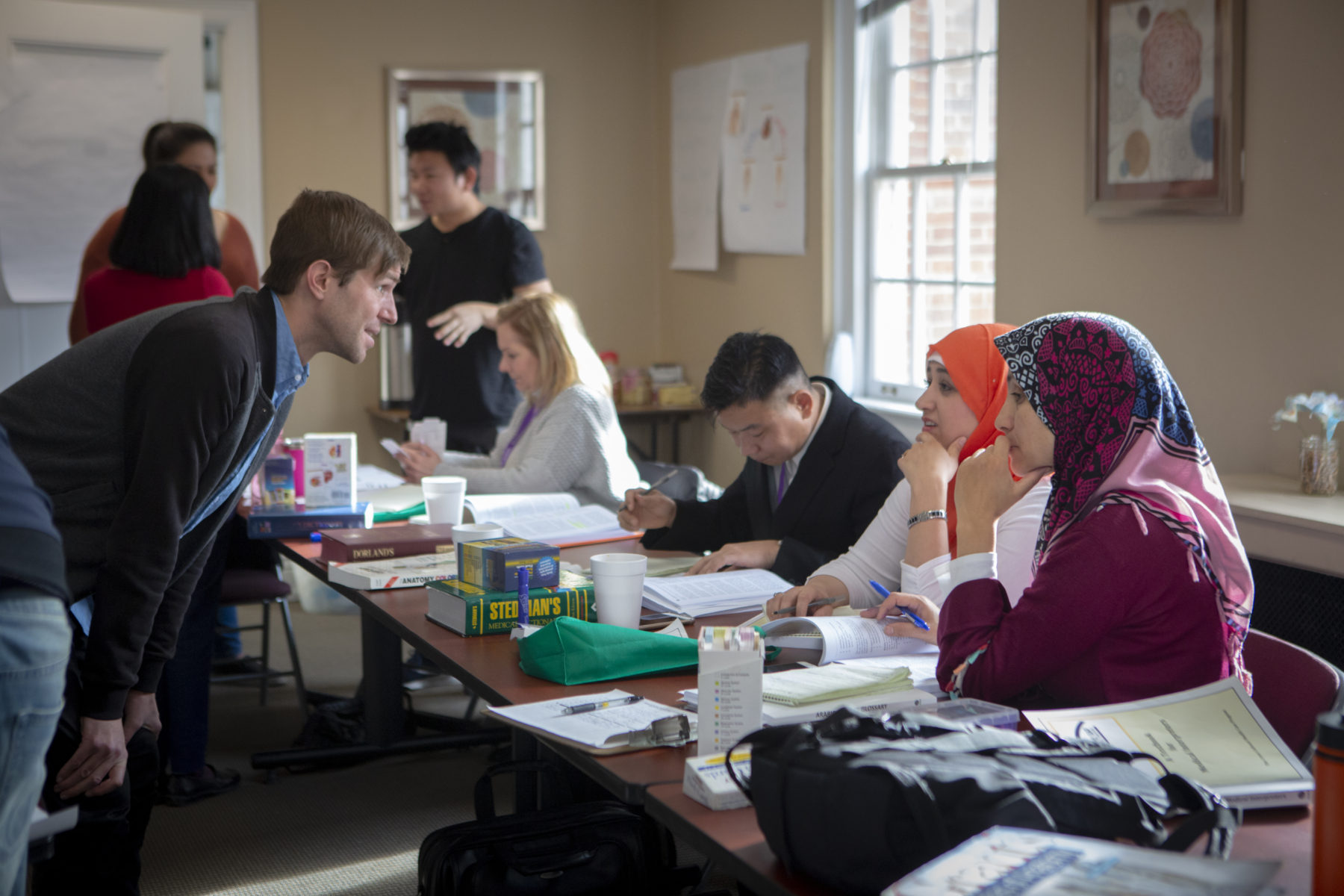
A vital aspect in the delivery of healthcare services is to treat each individual patient as a unique person. The primary goal of the patient-centeredness movement has been to provide individualized care and restore an emphasis on personal relationships in order to improve the quality for all patients.
As the cultural competence movement in our society continues to develop, the goal is to increase health equality and reduce disparities by concentrating on people of color and other disadvantaged populations.
Without the dual skills of patient-centered care AND cultural competence, cultural conflict may occur and as the question arises:
“How does a nurse deliver patient-centered care when the patient’s health beliefs, practices, and values are in direct conflict with medical and nursing guidelines?”
The following conceptual framework will provide nurses with a set of skills to enhance the delivery of patient-centered care in the midst of cultural conflict.
Cultural Assessment
As nurses learn to be culturally competent, the first step is to learn how to conduct cultural assessment. Previously defined by Leininger (1978) as “systematic appraisal or examination of individuals, groups, and communities as their cultural beliefs, values and practices to determine explicit needs and intervention practices without the context of the people being served,” the goal of cultural assessment is to obtain accurate information from the patient to allow the nurse to format a culturally relevant treatment plan.
A major part of this is obtaining the patients’ explanations of their illness. It is useful to ask the following open-ended questions in assessing the details of the patients’ problem:
1.) What do you call your problem? What name does it have?
2.) What do you think caused your problem? Why do you think it started when it did?
3.) What do you think your sickness does to you? How does it work?
4.) How severe is it? Will it have a short or long course?
5.) What do you fear the most about your sickness?
6.) What kind of treatment do you think you should receive?
As healthcare professionals conduct this cultural assessment, they must examine the major areas of worldview and social structure factors including cultural values, beliefs practices; religious, philosophical, or spiritual beliefs; economic factors; educational beliefs; technology views; kinship and social ties; and political and legal factors.
Cultural Encounters
A number of authors have developed mnemonic tools to assist in the cultural encounters during medical treatment that a patient and nurse experience.
Developed by Berlin and Fowkes (1982), includes 5 steps:
Listen
Explain
Acknowledge
Recommend
Negotiate
The first step is to listen to the patients’ perception of the patients’ problem. The nurse then explains his or her perception of the patients’ problem. The third step is to acknowledge the cultural differences between the two perceptions. It’s important for the healthcare providers to recognize differences, but build similarities. The fourth step is to develop recommendations, which must involve both the nurse and the patient. Finally, the nurse works to negotiate a treatment plan that incorporates selected aspects of the patients’ culture to ensure a patient-centered plan.
Created by Levine, Like, and Gottlieb (2000), is the following:
Explanation
Treatment
Healers
Negotiate
Intervention
Collaboration
Similar to the previous, the nurse begins by having the patient explain his or her problem. Next, the nurse must ask the patient about what kinds of treatments he or she has tried for the problem (use of vitamins, herbs, home remedies, etc.). Then, the nurse determines whether the patient has sought medical advice from alternative health practitioners (folk healers, friends, other individuals, etc.). After this, the nurse must negotiate to find an option that will be mutually acceptable to both the nurse and patient, and determiners the appropriate intervention, which may include alternative treatments. Finally, it is important to collaborate with the patient, family members, other health care professionals, healers and community resources to deliver a patient-centered plan.
Overall, a patient-centered and culturally competent approach to delivering medical treatment should be viewed as “win and lose” for both the patient and nurse in the situation. This means the nurse and patient both contribute aspects of their values to the treatment, but also modify their values for the treatment plan. Nurses are encouraged to become culturally competent by using cultural assessments and practicing skills for nurse-patient cultural encounters to enhance equality in patient-centered care for all patients.
This article was adopted from the Online Journal of Issues in Nursing.


